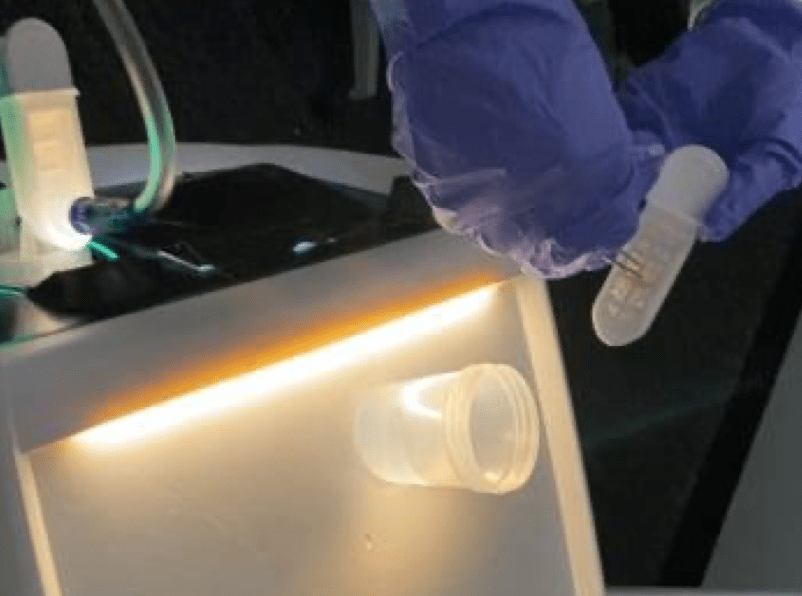Scarborough Health Network (SHN) is leading the way when it comes to diagnostic and screening procedures.
The Network is one of two sites in the world to take a cutting-edge piece of technology currently used in operating rooms and trial it in a new clinical setting: endoscopy. The aim is to improve the quality of care for patients not only here in Scarborough, but across hospitals that provide this service.
Called the “Neptune S,” the new machine from medical technologies company Stryker is the only completely closed fluid waste management system, designed for hands-free clean-up, and streamlined and failsafe specimen collection. This means there is zero risk of patients or staff being exposed to the contents inside of the system. It has developed a strong track record as a tool in surgery, but has never before been used in endoscopy.
Currently, SHN offers a full range of upper gastrointestinal (GI) and colorectal procedures across three hospitals (Birchmount, Centenary, and General) to provide a full spectrum of GI care. Through several leading inpatient and outpatient services and endoscopic procedures, SHN provides an innovative and refined endoscopy program that delivers advanced diagnostic and therapeutic intervention.
Daniel Smith, manager of endoscopy, day surgery and surgical clinics at SHN’s General Hospital, emphasized the importance of trials in medical advancement, explaining patients travel to SHN from across the province to receive these types of diagnostics and screening procedures.
“SHN is committed to staying at the forefront of providing the safest, highest quality care. It speaks to our level of expertise and our dedication to patient results and outcomes,” he said.
During a typical endoscopy procedure, a doctor can view and take samples from the inside of a patient’s body by using a flexible tube with a camera and biopsy tools on the end of it. Currently, the specimen is collected using a wall-mounted suction device, where nurses must stop the flow of suction to collect the specimen as it comes out of the body and risk missing it, which means having to manually go through the fluid contents of the suction bag to find it.
“Neptune S” eliminates this problem, while at the same time reducing disposable waste. It only requires users to throw away the “manifold,” a machine insert (like a filter) that collects the samples, rather than the bag containing the full fluid contents of the procedure as with conventional suction devices. This is possible because post-procedure, the machine is connected directly to the septic lines of the hospital building for cleaning, providing a benefit to nurses who do not have to interact with any fluids.

“This technology was built by nurses, for nurses, and it shows,” added Smith.
“In trialling this equipment, my staff are reporting greater suction that helps move the scope through the patient’s body, and are relieved with the built-in trap’s ability to eliminate the possibility of losing a sample and the cross-contamination that occurs by doing anything manual.”
Sabrina Alves, product manager of surgical technologies at Stryker Canada, noted the company will take SHN’s learnings from using these machines to perfect the next generation of the machine.
“The opportunity to perform this limited launch at SHN enabled us to observe over 100 procedures in a real-world setting and gain valuable knowledge on the work process of endoscopy suites. We look forward to applying our insights to future product development to make surgical procedures more streamlined and efficient for everyone.”

